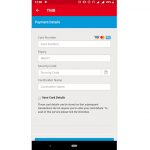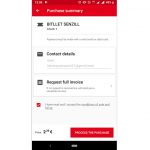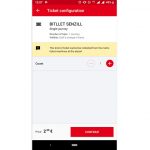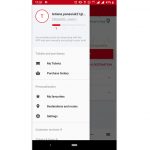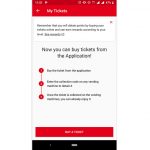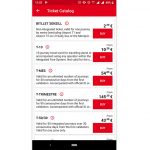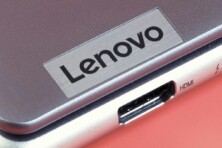Let’s find out whether it is a reality to spend seven days without paper money in Barcelona

Cashless trip to Barcelona: pros and cons of cashless vacation. Source: shutterstock.com
Barcelona is on the list of smart cities thanks to multiple innovative developments that have been introduced into its infrastructure. In addition to an automated irrigation system, smart street lighting, and special sensors for street pollution monitoring, modern calculation methods are also well developed here.
PaySpace Magazine visited the capital of Catalonia and found out how the urban infrastructure is developing, and whether it is a reality to live here without cash. We’ve checked how to pay for transport, food, goods and entertainment with a card. There are some difficulties related to cashless payments in Barcelona as well, so stay with us and find out all the nuances.
So, you have arrived in Barcelona, and this is the part we can’t help you with, since we are talking about plane tickets. We have no idea which country you are from and which city will be your point of departure. Anyway, we hope you bought your ticket at a reasonable price.
Public transport in Barcelona
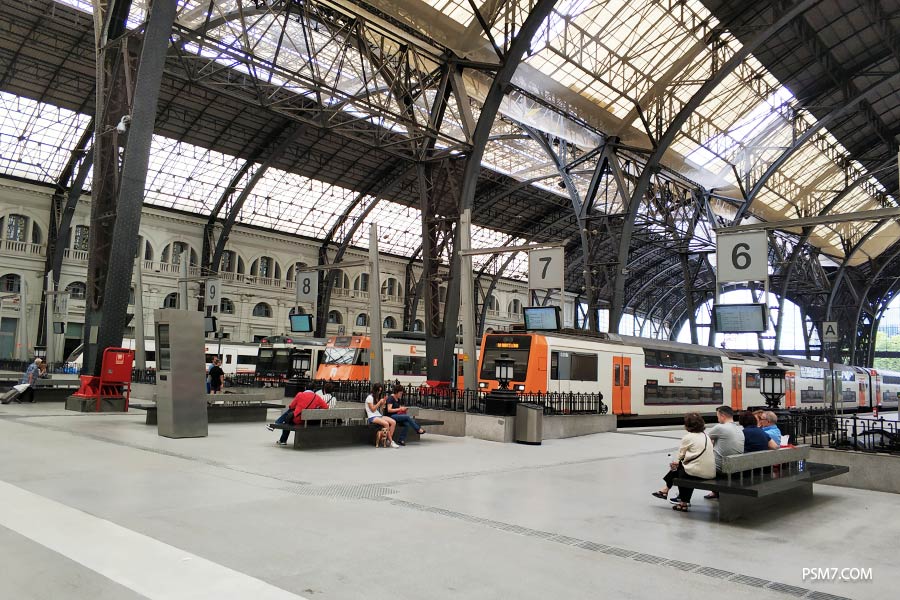
The transport infrastructure of the city is quite extensive and includes a subway, trams, buses, rail and sea transport, several cable cars, a cableway, and a large cab company.
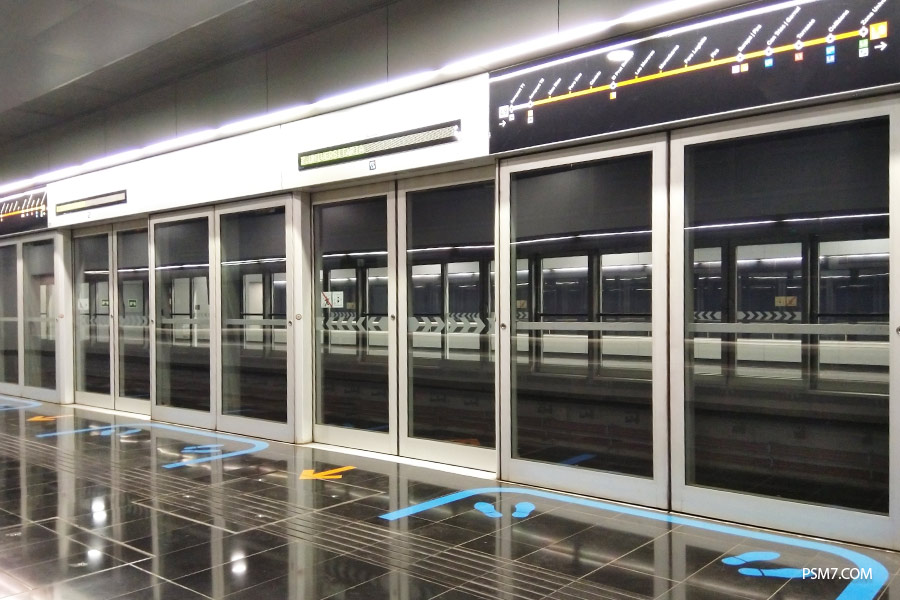
The subway line L9 Sud, which connects terminals 1 and 2 of El Prat airport with downtown Barcelona (and uptown as well) has an unmanned train running on it. Besides, the subway stations on this line are quite new and differ from the old ones.
How to pay fares in Barcelona and how to choose a ticket type
Before your trip, it is important to understand the zoning system, on which the fare depends. In total, there are six transport zones in Barcelona and its surroundings. The city and El Prat airport are part of Zone 1. There is enough to buy a standard ticket to reach these destinations. But if you want to go, for example, to the resort towns, such as Garraf or Mataro (about 30-40 minutes by train from downtown Barcelona), then the ticket will cost more, because you will have to pass through several zones.
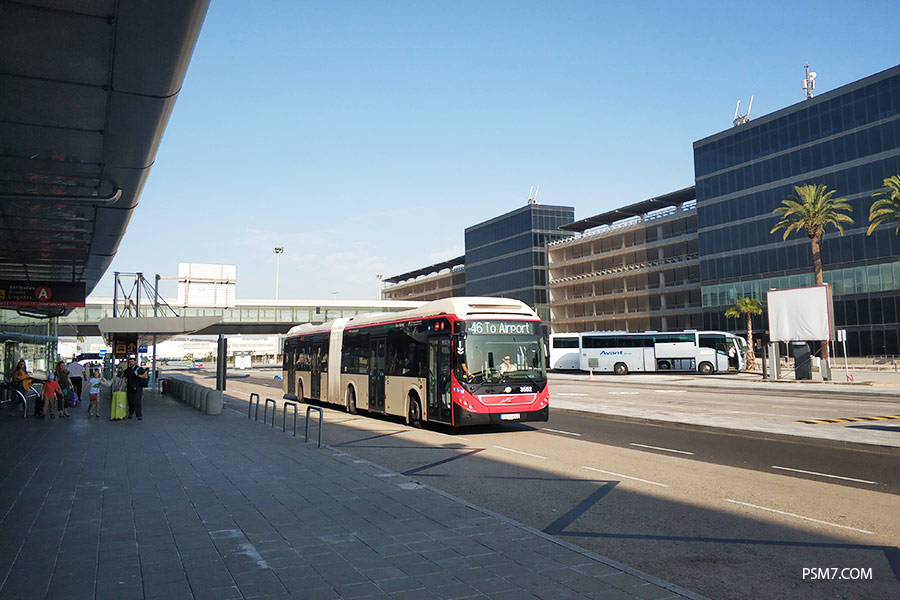
T-10 is the most popular public transport ticket. It gives you ten trips and costs €10.20. It has no time limits, and it is the biggest advantage of this type of pass. You can ride all week, as well as being able to use all the trips in one day. Also, the ticket can be used by several passengers.
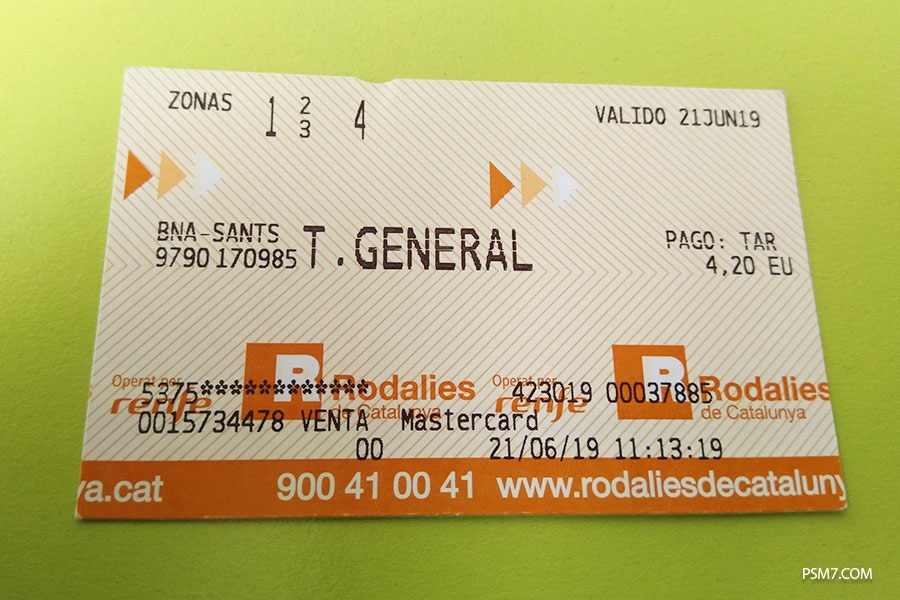
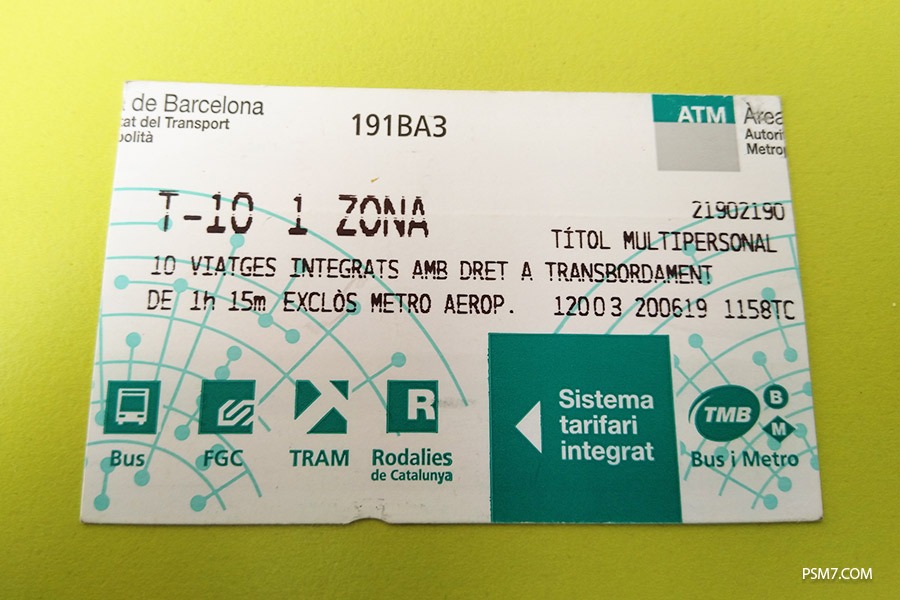
However, if you want to save on a trip from the airport and back, then it is more reasonable to buy a special Airport ticket.
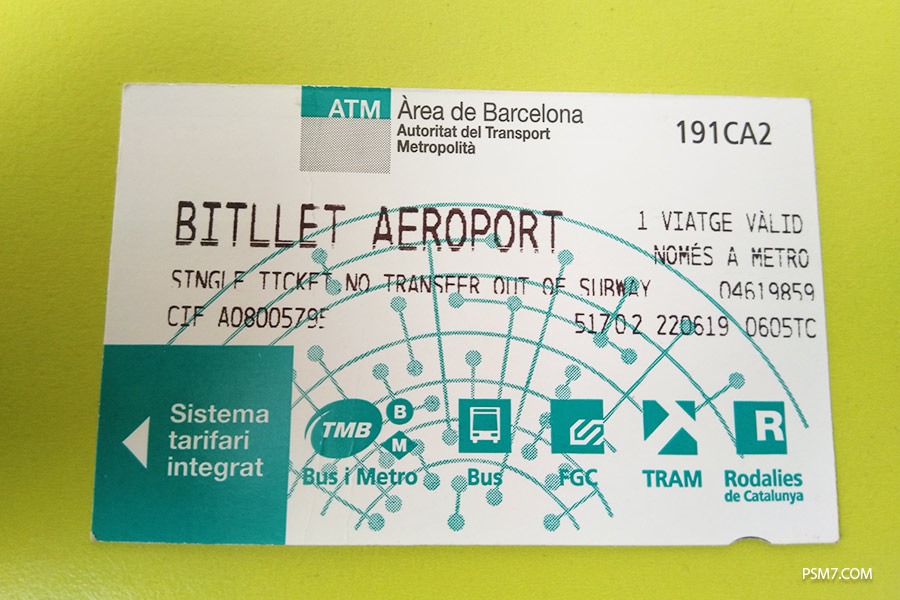
There are also Hola Barcelona tickets for 2, 3, 4, and 5 days. You can use them only in the first zone of Barcelona, and they give you an unlimited number of trips. They can be used in subways and TMB buses, trams, Renfe trains, and Montjuïc cable car.
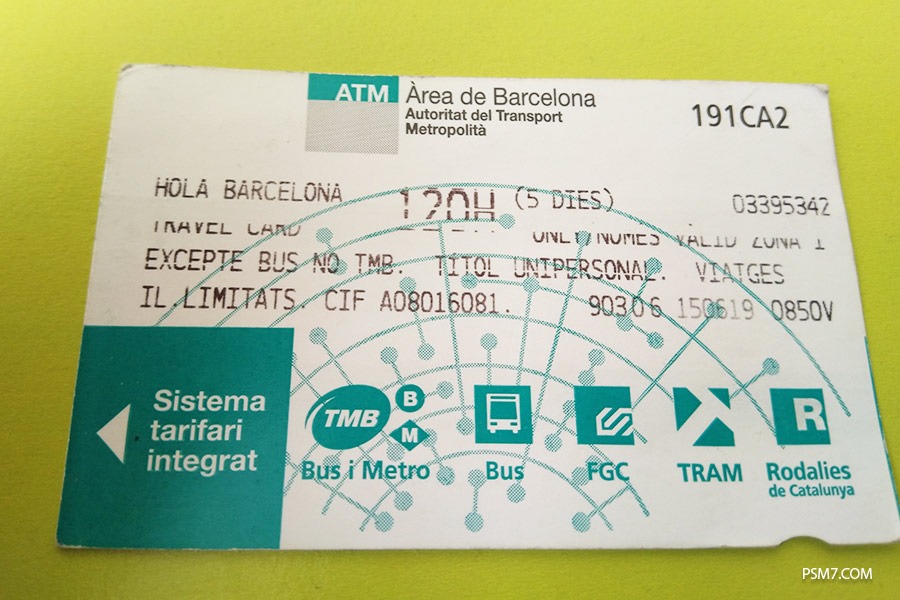
There is also a one-day pass called T-Dia. It can be used by one person in the first zone of Barcelona. It can be applied to all types of public transport and it costs €8.60. The cost of one trip by public transport within one zone is €2.20 euros.
Where can I buy tickets?
First of all, you can always buy Barcelona public transport tickets online. Otherwise, there are ticket machines at the subway stations, and you can pay for a ticket in cash or by credit card.
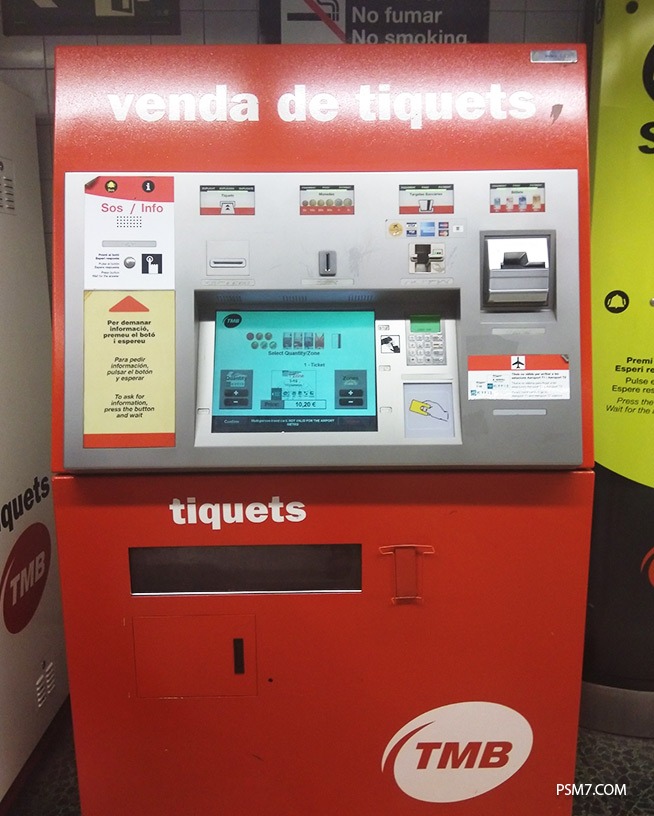
You can also buy a Barcelona public transport ticket in the TMB app. You just need to register through a Google account or Facebook. Having selected and paid for the needed ticket in the application, you’d receive an e-mail with a voucher. The next step is to enter the number of a voucher in any ticket machine. Thus, you will receive a paper ticket.
If you purchase a Hola Barcelona pass online, you might get a little discount. We have bought Hola Barcelona 5-day card, which normally costs €35,40. Nevertheless, buying a pass online saved us €4.
On the other hand, you can’t pay the fare in Barcelona subway with a bank card or NFC-enabled device.
Moreover, you have to keep a ticket throughout the trip. Some subway stations in Barcelona, as well as railway stations, are endowed with special turnstiles. Therefore, a ticket must be validated more than once, before the trip. If you travel without a ticket, you will have to pay a fine of €100.
Sharing systems: how to rent a bike or scooter in Barcelona
The city has a well-developed infrastructure for cyclists. However, not all services are available for tourists. For instance, the most popular service Bicing can only be used by residents of Spain who have a local tax identification number.
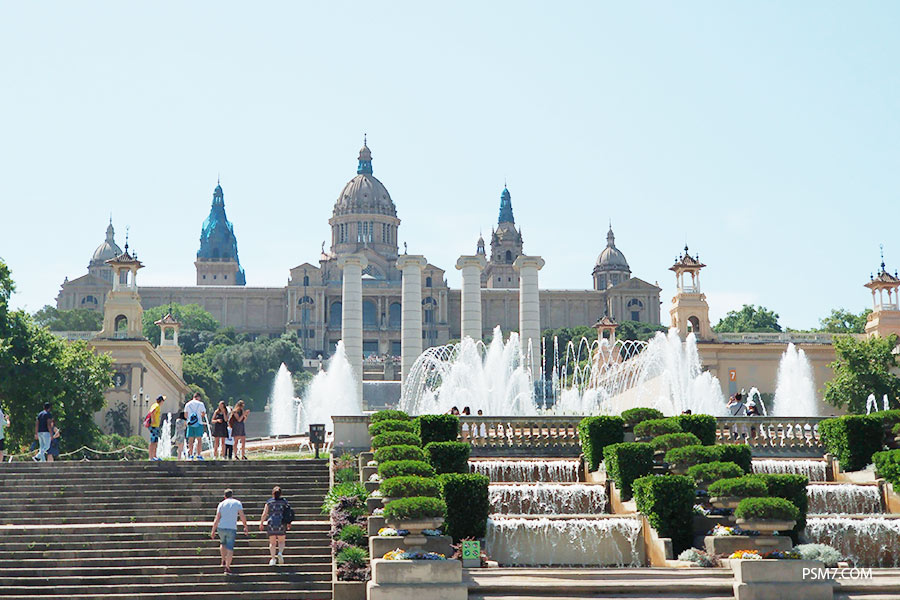
Tourists can rent a bike or scooter with the help of the Scoot service through the mobile application.
The principle of the program is quite simple: it automatically determines the location of the user and shows nearby vehicles.
Scoot prices:
- bike: €0,15 per minute, €20 a day;
- scooter: €0,28 per minute, €50 a day.
You can also always use private companies that provide rental services for bikes and scooters, but, usually, such companies accept only cash, and you’ll have to leave a deposit or documents to rent a vehicle.
Mobile internet and Wi-Fi in Barcelona
As we’ve mentioned before, we have no idea which country you are from, so you must check the roaming prices of your phone company for yourself. If you are not satisfied with their tariffs, we can recommend to you an Orange SIM card.
The tariff we’ve chosen provides 5 Gb of mobile internet and 20 free call minutes. We paid €9,95 for it. But that is only the price of a tariff since the SIM card itself costs €10.
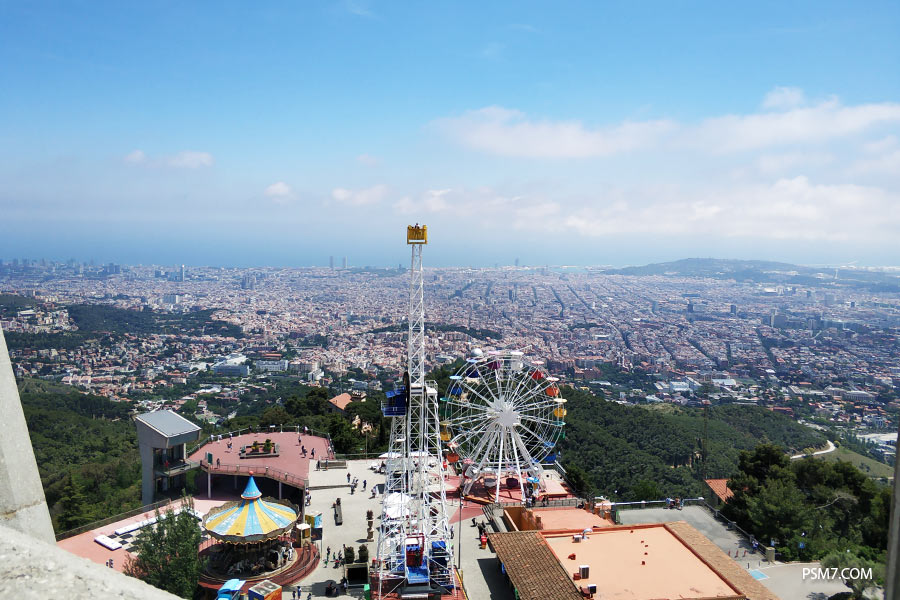
You can buy an Orange SIM card in Barcelona in the official store. You must have a passport in order to sign an agreement with the telecommunications company. In the store, you will be provided with all the necessary assistance (activating a SIM card, activating the necessary package of services, etc).
Talking about access to Wi-Fi in Barcelona, you can connect to the city network by filling out a short form. But the network is very slow and unstable. Nevertheless, let’s not forget that you can always use Wi-Fi in restaurants, retail outlets, and malls.
Cashless payments in museums and stores
It is no big secret that Barcelona has a huge number of attractions. Furthermore, dozens of museums, parks, thousands of cafes and restaurants can also be found there.
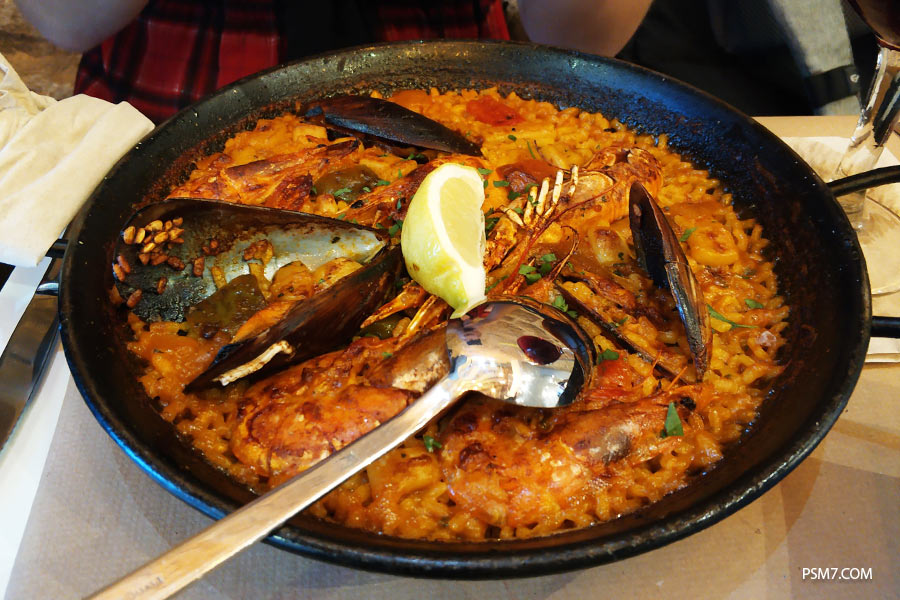
All museums have POS terminals, so visitors can pay by card or NFC device. However, we faced some troubles. For example, we tried to buy tickets to enter the Poble Espanyol (an architectural/ethnographic park and museum). We wanted to pay for tickets using the Google Pay mobile wallet. Here was the moment when an employee of the museum asked for a banking card (a physical one). We provided one, and the POS terminal requested the PIN. We entered it, and it turned out to be invalid. We were surprised, since we had no problems with paying in diners and stores before with this very card, and, apparently, this very PIN (which was, of course, correct). Anyway, we entered the museum, but we had to use cash to purchase tickets. The point of the story is that you have to carry some cash around if you want to avoid awkward situations.
The next time we were faced with “the wrong PIN situation” was the moment when we were buying Tibidabo cable car tickets.

This time we did not hesitate to contact the support service. The bank workers explained our card was all right, and this was a problem of POS terminals (with obsolete firmware, to be accurate).
You can visit Barcelona museums for free. The info on which days are free to visit can be found on the web sites of these museums. For example, you are free to visit Museu Nacional d’Art de Catalunya every Saturday after 3 p.m., while Museu Picasso and Barcelona City History Museum do not require tickets every Sunday after 3 p.m.
As for diners and shops, you can pay with a credit card there, and this option is rather popular today.
SEE ALSO: The end of cash: how to pay in Stockholm

